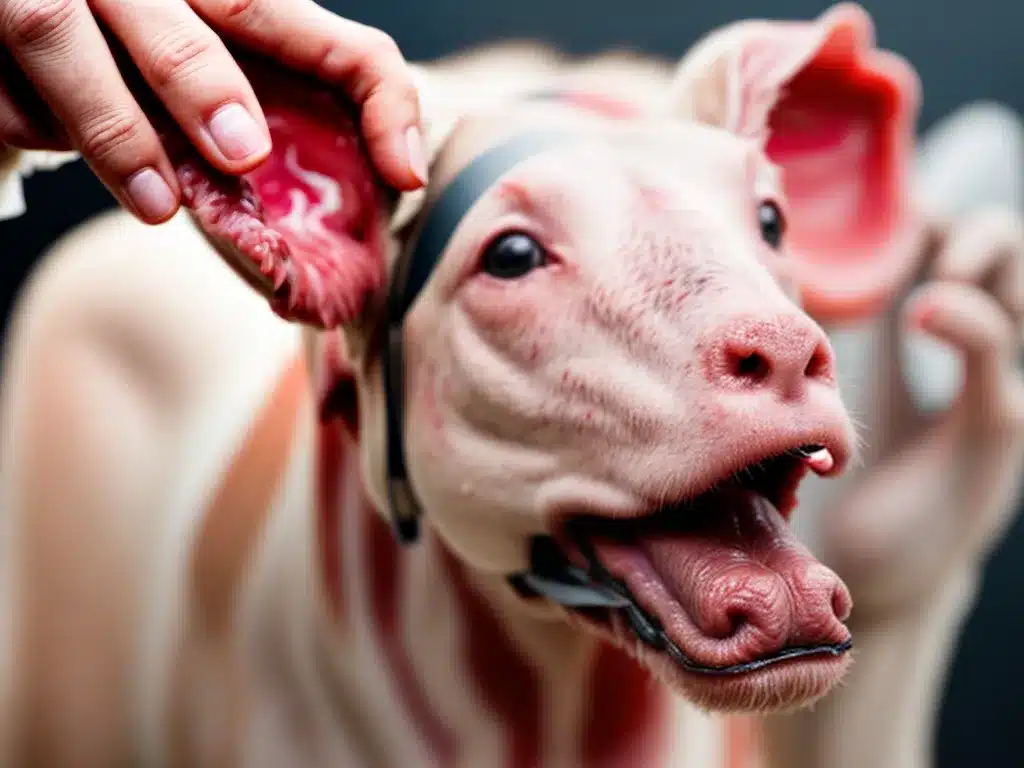Introduction
With the world’s population projected to reach 10 billion by 2050, ensuring a sustainable food supply is one of humanity’s greatest challenges. Factory farming currently supplies most of the world’s meat, but it comes at a great environmental cost. Lab-grown meat, also known as cultured meat or clean meat, offers a promising solution by producing real meat without needing to raise and slaughter animals. In this article, I explore whether lab-grown meat can replace factory farming within the next 10 years.
The Problems With Factory Farming
Factory farming dominates meat production worldwide. While it satisfies demand for meat, factory farming has serious drawbacks:
-
Environmental impact – Factory farming is resource-intensive, requiring massive inputs of feed, water and energy. It generates high levels of greenhouse gas emissions. Farm animals also produce huge volumes of waste that can pollute air and water.
-
Animal welfare – Most factory farmed animals are confined in crowded, stressful conditions. Practices like debeaking chickens are routine. There are major ethical concerns over how factory farmed animals are treated.
-
Antibiotic resistance – Heavy antibiotic use in factory farming encourages antibiotic-resistant superbugs that threaten human health.
-
Food safety – Crowded, unhygienic conditions increase risks of foodborne illnesses like salmonella and E. coli. Factory farming puts our food system at risk.
With global meat consumption rising, the unsustainable nature of factory farming is becoming more apparent. We urgently need better solutions to meet demand. This is where lab-grown meat comes in.
How Lab-Grown Meat Is Made
Lab-grown or cultured meat is produced by extracting animal stem cells and growing them in a nutrient-rich medium into muscle and fat tissue. This occurs inside large bioreactors without the need to raise and slaughter animals. The basic process is:
-
Take stem cells from an animal through a small biopsy. Common sources are muscle, fat or feather follicles.
-
Put the stem cells in a culturing medium that supplies nutrients and energy.
-
Place the cells in a bioreactor that mimics conditions inside an animal’s body.
-
The stem cells multiply rapidly, differentiating into muscle fibers and fusing together.
-
After several weeks, the resulting cultured meat is harvested from the bioreactors when ready.
This groundbreaking technology can produce familiar meat products like burgers, sausages and chicken nuggets without entire animal agriculture systems.
Benefits of Lab-Grown Meat
Lab-grown meat has many advantages over conventional factory farming:
Environmental Sustainability
-
Requires 95% less land and 78% less water than cattle farming per gram of meat.
-
Generates 96% lower greenhouse gas emissions than beef production.
-
Without living animals, there’s no manure pollution or deforestation for grazing land.
-
Overall, lab-grown meat is far more sustainable than any livestock farming.
Animal Welfare
-
No animals suffer or are slaughtered since no live animals are needed.
-
Lab-grown meat is 100% cruelty-free, satisfying ethical concerns.
Health and Safety
-
Cultured in clean bioreactors, lab-grown meat has no risk of fecal contamination or disease.
-
Without overusing antibiotics like livestock farms, cultured meat won’t contribute to antibiotic resistance.
-
Potential to engineer healthier fat content compared to conventional meat.
Food Security
-
Offer consistent production volume regardless of climate or disease outbreaks.
-
Make quality protein available to growing populations using fewer resources.
Challenges Facing Lab-Grown Meat
While its benefits are clear, there are hurdles facing the widespread adoption of cultured meat:
Technological Challenges
-
Producing complex meat products like steaks at scale remains difficult. Most progress so far is with ground meat like burgers.
-
Improving bioreactor efficiency and bringing down costs through automation is critical.
Regulation
- Regulatory framework for cultured meat safety and marketing is still in development. Lack of clear standards is slowing commercialization.
Consumer Acceptance
-
People perceive lab-grown meat as overly processed and unnatural. Many are skeptical about taste and nutrition compared to conventional meat.
-
Vegetarians and vegans are also unenthusiastic, seeing better animal-free alternatives already available.
Competing With Established Industries
- Powerful livestock and meat processing lobbies may resist lab-grown meat to protect their profits. Legal battles over labeling seem likely.
Will Lab-Grown Meat Replace Factory Farming in the Next Decade?
Lab-grown meat shows immense promise to transform our food system. However, it likely won’t completely replace factory farming in the next 10 years due to lingering scale-up challenges. But with so many benefits over conventional meat, its market share will expand rapidly.
By 2030, I predict cultured meat will seize 10-20% of the global meat market. Many people will get their first taste of lab-grown products from blended items containing both cultured and traditional meat.
Major meat companies are already investing in lab-grown meat startups, signaling its status as the future of the industry. While not ending factory farming overnight, lab-grown meat will force industrial livestock production to improve standards within a decade as it competes for market share.
The next 10 years will be a crucial period as lab-grown meat expands from niche to mainstream. Its role in shaping the future of food could prove as disruptive and beneficial as the rise of plant-based meat alternatives. Lab-grown meat won’t replace all factory farming in the 2020s, but it will irrevocably transform the industry.













